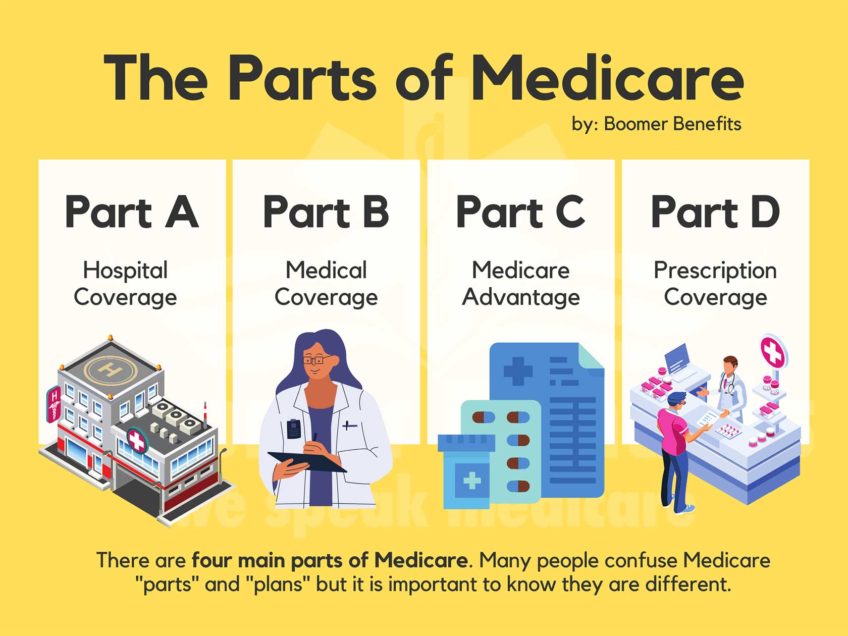By doing yoga regularly, minority individuals who have back pain can reduce their physical distress and the amount of medication they need for relief, according to a preliminary study done through two community health centers in Dorchester.
The study, whose promising results were released last month, represent an uncommon example of research about the effects of alternative medicine on low-income, minority people. The Dorchester residents who participated in the clinical trial were recruited through the Codman Square Health Center and Dorchester House Multi-Service Center.
Researchers, led by Dr. Robert Saper of Boston University’s School of Medicine, selected 30 people who suffered from chronic lower back pain to participate in the study two years ago. Half took 75-minute yoga classes once a week at Dorchester House and were encouraged to do a half-hour more at home daily. The other participants continued to take pain relievers and whatever other treatment their doctors had recommended.
After three months, those taking yoga said the amount of pain they suffered had gone down about 33 percent, compared with a 5 percent decrease in the other group. The yoga students said they needed less medication—80 percent less—while dosage was unchanged for the others.
“Yoga was more effective than usual care, at least in the short term, for reducing pain and pain medication use,” researchers reported in the November/December issue of the medical journal Alternative Therapies in Health and Medicine.
Dr. Stephen Tringale of DotWell, a collaboration between the Codman Square and Dorchester House, acknowledged the limitations of the study because of the number of participants. “Although the study is pretty small, these results are promising,” he said.
Most participants, whose average age was 44, were black, female and either not working or working only part-time. Most had insurance through MassHealth or another government program. Few had had any previous experience with yoga.
Virtudes Espinosa, 45, did know about the benefits of yoga from taking classes as a student at UMass Boston. She had worked as a librarian’s assistant for the Boston Public Library until she sustained a herniated disc in 2004.
Being part of the group taking yoga at Dorchester House, she said, motivated her to do more yoga at home. The results: the pain and the pain killers she needed to cope went down “a lot” during the study.
“Once I had the yoga, I became calm,” said Espinosa, who is Dominican. “It was a very exciting and very healthy experience.”
Lennine Perkins, 49, whose back problem was less severe, said the benefits for her were even greater. Her pain developed, she guessed, from sitting for long stretches on her job as a tax preparer and maybe also from being overweight. To relieve the pain in her lower back, she started using heating pads and taking ibuprofen.
Perkins, an African American who has moved from Dorchester to Randolph, said her first experience doing yoga worked wonders.
“When I was doing the course, I still had back pain,” she recalled. “I started doing it on my own. Then I lost some weight, and that relieved it. And then it went away one day.”
The Codman Square Health Center, Tringale said, is particularly interested in yoga’s potential to reduce the need for medication because of the harmful side-effects that pain killers can have. Espinsoa, for instance, said they hurt her stomach. Worse, opiate-based pain killers can create a physical dependency, Tringale said.
Saper, the lead researcher, noted his team had received about 230 responses to its initial notice seeking participants in the yoga study, proving that researchers are wrong to assume low-income people of color are uninterested in alternative therapies.
“Few studies of complementary therapies have targeted minority populations with low back pain,” said Saper, director of integrative medicine at Boston Medical Center. “Our pilot study showed that yoga is well-received in these communities and may be effective for reducing pain and pain medication use.”
The preliminary research, which cost approximately $20,000, was designed to test the feasibility of a bigger study. Saper has applied for a four-year grant from the National Institutes of Health, which funded the first study, to expand the research to 260 individuals drawn from six neighborhood health centers and the Boston Medical Center.
In addition to Dorchester House and Codman Square, the other health centers slated to participate are in Upham’s Corner, South Boston, Mattapan and Roslindale. A decision on the federal grant is due by next summer.






